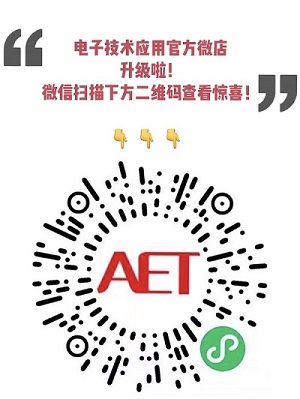基于双向GRU与残差拟合的车辆跟驰建模
信息技术与网络安全 3期
王嘉伟
(中国科学技术大学 信息科学技术学院,安徽 合肥230002)
摘要: 为了提高微观交通仿真中车辆跟驰建模的准确性与泛化能力,将物理类模型与深度学习相结合,提出一种基于双向GRU(门控循环单元)与残差拟合的跟驰模型框架。该框架使用双向GRU网络对物理类跟驰模型预测值与真实值的残差进行学习,并在NGSIM公开数据集上进行测试。通过对比IDM、GIPPS、GM三种跟驰模型下的残差拟合效果,表明双向GRU网络可以对原模型预测结果的偏差进行有效的修正。选用IDM作为本框架的物理类模型,提出了Bi-GRU-IDM模型,与现有SVR模型、BPNN模型、GRU模型进行对比,结果表明Bi-GRU-IDM在预测精度、泛化性能上明显优于其他三种模型。
中图分类号: TP181
文献标识码: A
DOI: 10.19358/j.issn.2096-5133.2022.03.010
引用格式: 王嘉伟,陈锋. 基于双向GRU与残差拟合的车辆跟驰建模[J].信息技术与网络安全,2022,41(3):59-64.
文献标识码: A
DOI: 10.19358/j.issn.2096-5133.2022.03.010
引用格式: 王嘉伟,陈锋. 基于双向GRU与残差拟合的车辆跟驰建模[J].信息技术与网络安全,2022,41(3):59-64.
A car-following model based on bidirectional GRU and residual fitting
Wang Jiawei
(School of Information Science and Technology,University of Science and Technology of China,Hefei 230002,China)
Abstract: In order to improve the accuracy and stability of vehicle following modeling in micro-traffic-simulation, a car following model based on bidirectional GRU(Gated Recurrent Unit) and residual fitting is proposed. This method combines deep learning with traditional kinematics-based car-following models, and uses a bidirectional GRU network to learn the residual between the prediction of physical model and the true value,which is tested on the NGSIM public data set. By comparing the residual fitting performances under IDM, GIPPS and GM car following models, experiments show that the bidirectional GRU network can effectively correct the deviation of the original prediction results. Using the bidirectional GRU network to fit the residuals of the IDM, a Bi-GRU-IDM model is proposed. By comparing with the existing SVR model, BPNN model, and GRU model, the results show that Bi-GRU-IDM model significantly outperforms the other three model both in prediction accuracy and generalization ability.
Key words : bidirectional GRU;residual learning;car following model;micro-simulation
0 引言
跟驰是交通中常见的驾驶员行为,跟驰模型试图复制驾驶员的跟驰动作,是微观交通建模的基本算法,在微观交通仿真、自动驾驶等领域具有广泛的应用价值,是道路交通流理论的核心内容之一。
车辆跟驰建模通常包含两种思路:基于物理或交通流理论的经典模型与数据驱动类模型。其中基于物理的模型试图描述汽车跟随动作的运动学机制,例如General Motor(GM)模型[1]、以GIPPS为代表的安全距离模型[2]、智能驾驶模型(Intelligent Driver Model,IDM)[3]等。物理类模型具有明确的数学形式,成功解释了在现实世界中观察到的交通现象,模型大部分参数具有实际物理意义,但无法完全捕捉驾驶员的复杂认知过程。近年来,随着人工智能技术快速发展,基于数据驱动的跟驰模型不断涌现。这类模型试图从大量跟车数据中学习人类驾驶员的跟车动作,相较于物理类模型具有更高的准确性。但是数据驱动的跟车模型也存在一定缺陷:这类模型往往属于“黑箱”技术,模型中的参数没有物理意义,可解释性差,模型的输出在实践中难以控制。
本文详细内容请下载:http://www.chinaaet.com/resource/share/2000004027
作者信息:
王嘉伟
(中国科学技术大学 信息科学技术学院,安徽 合肥230002)

此内容为AET网站原创,未经授权禁止转载。

